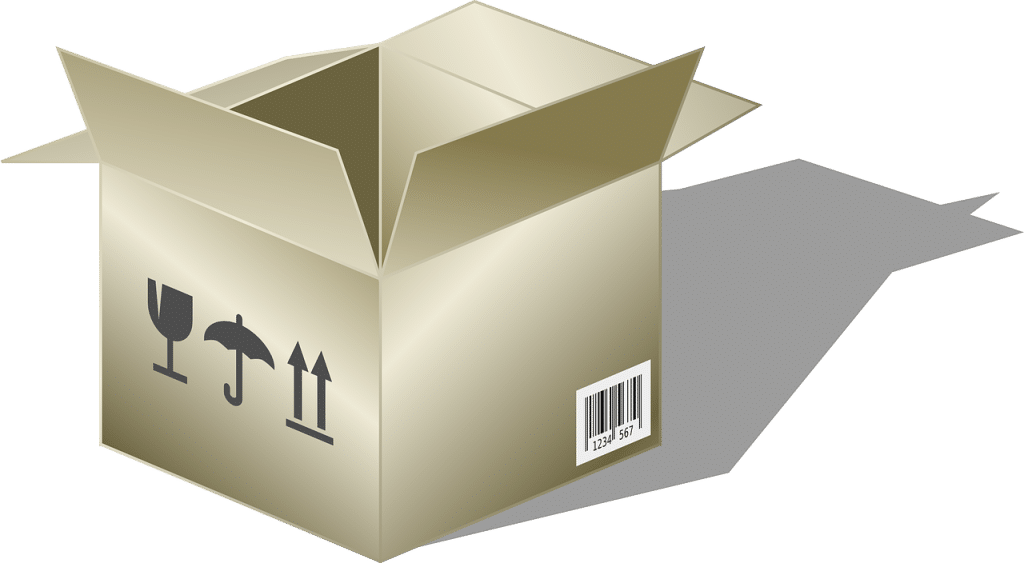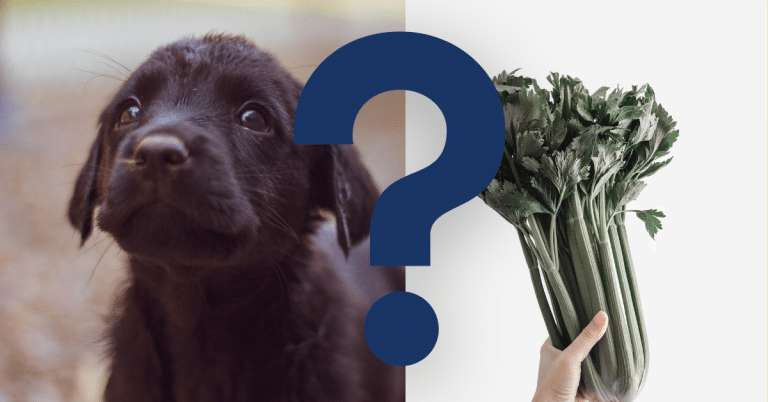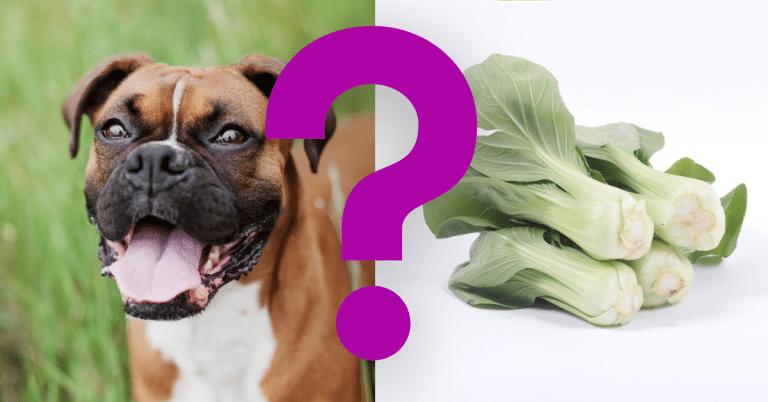Can Dogs Eat Cardboard? A Vet’s Opinion

Cardboard is a thick, stiff material of compressed layers often used for packaging, boxes, and other purposes. But can you feed cardboard to your dog?
Dogs should not consume cardboard. Cardboard is indigestible and can induce gastrointestinal blockages or choking dangers in dogs, leading to significant health problems. To maintain your dog’s safety and well-being, avoid any non-food things. Consult a veterinarian immediately if your dog has eaten cardboard or other non-food material.
Benefits of Cardboard for Dogs
Cardboard can bring some advantages to dogs, including:
- Mental Stimulation: Cardboard boxes and tubes can be utilized for interactive play and cerebral stimulation.
- Safe Chewing: When used in moderation, cardboard can be a safe choice for dogs who enjoy chewing.
- DIY Toys: Cardboard can be used to make homemade dog toys, encouraging creativity.
- Hide-And-Seek: Placing food or toys in cardboard boxes can stimulate a dog’s problem-solving abilities.
However, it is critical to keep an eye on your dog to ensure that they do not consume cardboard, which can be toxic. Always put their safety and well-being first.

How to safely give cardboard to dogs
Providing cardboard to your dog safely entails taking care to reduce any potential concerns. Here’s a guide to doing it responsibly:
Choose Safe Cardboard
Ensure the cardboard is clean and devoid of adhesives, inks, or other things that could damage your dog. Avoid using tape, staples, or other non-dog-friendly materials on cardboard.
Monitor your dog
Keep an eye on your dog while they play with cardboard to make sure they don’t eat it. Some dogs may chew and ingest cardboard, resulting in choking or gastrointestinal problems.
Moderation is essential
Offer cardboard sparingly. Sometimes, a tiny piece or a cardboard toy will suffice. Do not allow your dog unrestricted access to cardboard.
Make Safe Toys
Use cardboard to make DIY toys. It should be cut into safe, chewable shapes and sizes. To make engaging puzzle toys, place goodies or kibble into cardboard tubes.
Examine the Cardboard for Sharp Edges
Examine the cardboard for sharp edges or points that could damage your dog. Before administering it to your dog, smooth out or remove these regions.
Remove Small Pieces
If the cardboard breaks into small pieces during playing, remove them immediately to avoid choking hazards.
Educate and train
Train your dog to engage appropriately with cardboard. Please encourage them to chew and play without consuming anything. If they try to eat it, use positive reinforcement and divert them.
Safely dispose of cardboard.
Properly dispose of cardboard when it becomes little, chewed up, or no longer safe for play. Make sure your dog can’t get to and eat these abandoned bits.
Regular vet check-ins
Include frequent check-ups with your veterinarian to evaluate your dog’s health and verify there are no concerns caused by eating or playing with cardboard.
While cardboard can give cerebral stimulation and healthy chewing possibilities for dogs, caution and moderation are essential. Always put your dog’s health first, and consult a veterinarian if you have any concerns about your dog’s contact with cardboard.
Will cardboard make a dog sick?
Although cardboard is not poisonous to dogs, consuming it can result in several health problems:
Blockage of the Gastrointestinal Tract
Suppose a dog consumes a large amount of cardboard. In that case, it can cause blockages in the gastrointestinal tract, resulting in vomiting, diarrhea, loss of appetite, stomach pain, and, in severe cases, a life-threatening illness needing surgery.
Choking Risk
Cardboard can shatter into smaller pieces, posing a choking threat to dogs. It can cause breathing difficulties, coughing, or choking.
Injuries or perforations
Cuts, scrapes, or perforations in the mouth, throat, or gastrointestinal tract can happen from the edges or bits of cardboard, causing pain, discomfort, and probable infection.
Irritation of the Small Intestine
Ingesting cardboard may cause stomach and intestine irritation and inflammation, resulting in gastrointestinal disturbances such as nausea, vomiting, diarrhea, and abdominal discomfort.
Reaction to Foreign Body
Foreign material in the digestive tract, such as cardboard, might activate an immune response, potentially resulting in fever, tiredness, and other disease symptoms.
Secondary infections include
Injuries or irritations caused by eaten cardboard may become infected, resulting in localized or systemic infections that may necessitate medical attention.
Behavioral Problems
Pica (eating non-food objects) can be a persistent behavioral problem in dogs if they eat non-food items like cardboard.
Keeping dogs away from cardboard and managing their contact with it is critical. If you suspect your dog has swallowed cardboard or is displaying indications of distress or illness due to exposure, contact a veterinarian right away for proper examination and treatment.
Can Dogs Eat Cardboard Variations?
No, dogs should not consume cardboard or its derivatives. Cardboard variants, such as different types of cardboard (such as corrugated cardboard) or cardboard with special coatings, are unacceptable for canine consumption. Cardboard is not a digestible or nutritious item for dogs, and ingesting it can result in gastrointestinal obstructions, choking, injuries, and pain.
It is critical to prevent dogs from accessing or consuming any cardboard, regardless of its form or variations. If your dog ingests cardboard by mistake or shows indications of distress after exposure, contact a veterinarian immediately for advice and necessary care. Always prioritize your pet’s safety and well-being by preventing them from swallowing inedible things.

Vet’s Summary
Cardboard, in all its forms, should not be fed to dogs since it is indigestible and can cause various health problems. Consuming cardboard can cause gastrointestinal obstructions, choking dangers, injuries, and infections. While it can be used under supervision for safe play and mental stimulation, it is critical to watch your dog’s activities and prevent them from swallowing any cardboard or comparable materials.
Recommendation: Probiotic supplements can help your dog’s digestive health and well-being. Probiotics can help maintain healthy gut flora, improve digestion, and boost the immune system. Consult your veterinarian before administering supplements to discover the best probiotic formulation and dosage for your dog’s needs. Probiotics, a balanced diet, frequent exercise, and routine vet check-ups should be part of a holistic approach to your dog’s care to ensure a happy and healthy dog companion.
Videos to watch
If you are wondering if you can give cardboard to your dog, watch this:
And if you want to know what a dog can NOT eat, watch this:






